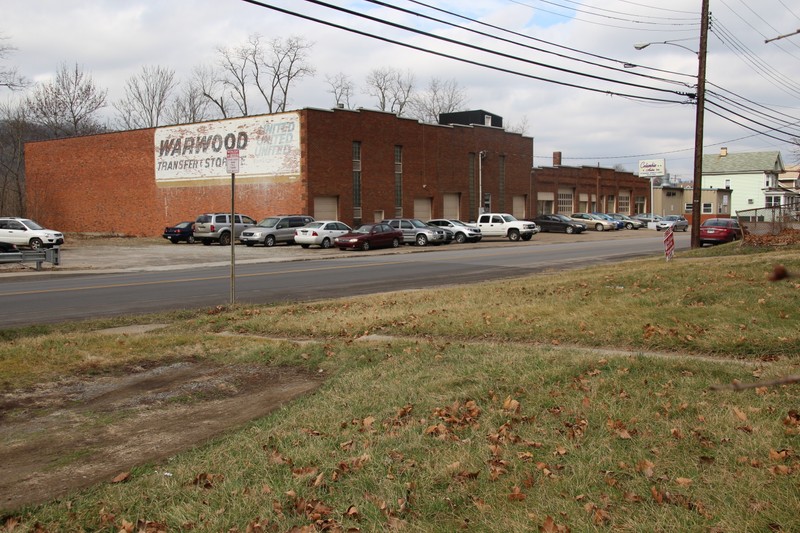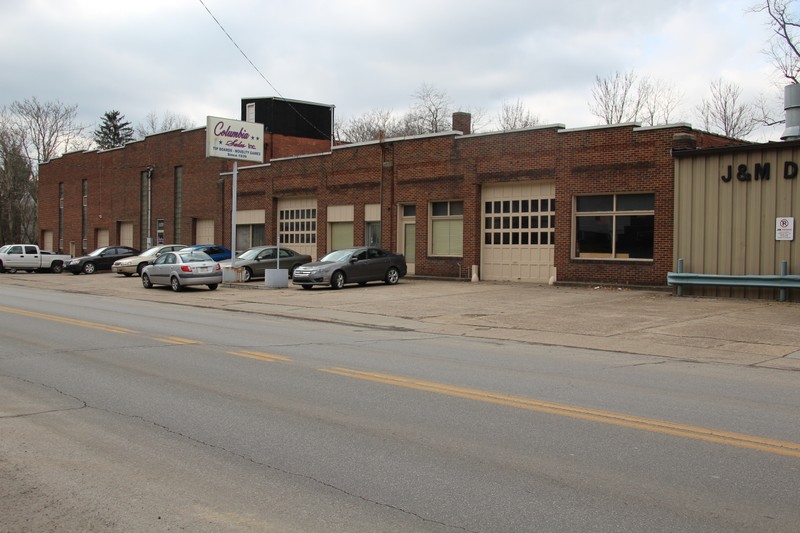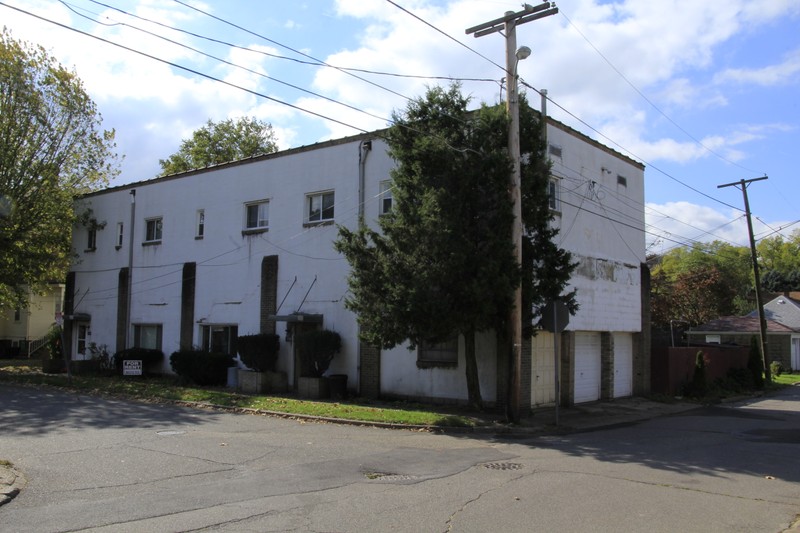Warwood Transfer Company (Columbia Sales, Inc.)
Introduction
Text-to-speech Audio
Images
Facing NW, taken Feb 2017, photo courtesy of Christina Rieth

Facing SW, taken Feb 2017, photo courtesy of Christina Rieth

Office and stable, taken October 2016, photo courtesy of Christina Rieth

Backstory and Context
Text-to-speech Audio
The building is located in Warwood, Wheeling's northern most neighborhood. the neighborhood is named after Henry Warwood, who founded the Warwood Tool Company in 1854 in Martins Ferry. The company was relocated to Warwood in 1907.
As early as 1795, Thomas Glenn is the first known owner of the land; he bequeathed the land to his son, William, sometime before 1795. Farmers initially settled in the region north of Wheeling for its rich, fertile soil.
Farmland in Warwood made way to industrial and residential development at the turn of the century. Foreseeing the potential of Warwood’s future, R. J. McCullagh founded the Warwood Land Company in 1903. The company sold the lots at a very low price at the time, starting at $300 each. The land was far less susceptible to floods than other parts of Wheeling, and streetcars ran between Warwood and Wheeling every 15 minutes, which became excellent selling points for prospective residents. Working-class families who came to the area sought employment at the industrial plants and built their residences, businesses, and churches nearby. Coal mines were abundant in Warwood, and an oil boom hit Warwood in 1911.
Warwood became an incorporated community on May 26, 1911, and as part of the “Wheeling Greater Movement”, Wheeling annexed the Warwood neighborhood in 1919.
Sources
Jourdan, Katherine, and Laura Pfeifer. "West Virginia Historic Property Inventory Form". Feb 1991. http://services.wvgis.wvu.edu/SHPOdocs/PDFs/Architectural/OH-0001-1737.pdf.
Rieth, Christina. "Warwood: a Walking Tour of its History and Architecture". Wheeling Heritage, 2017.
